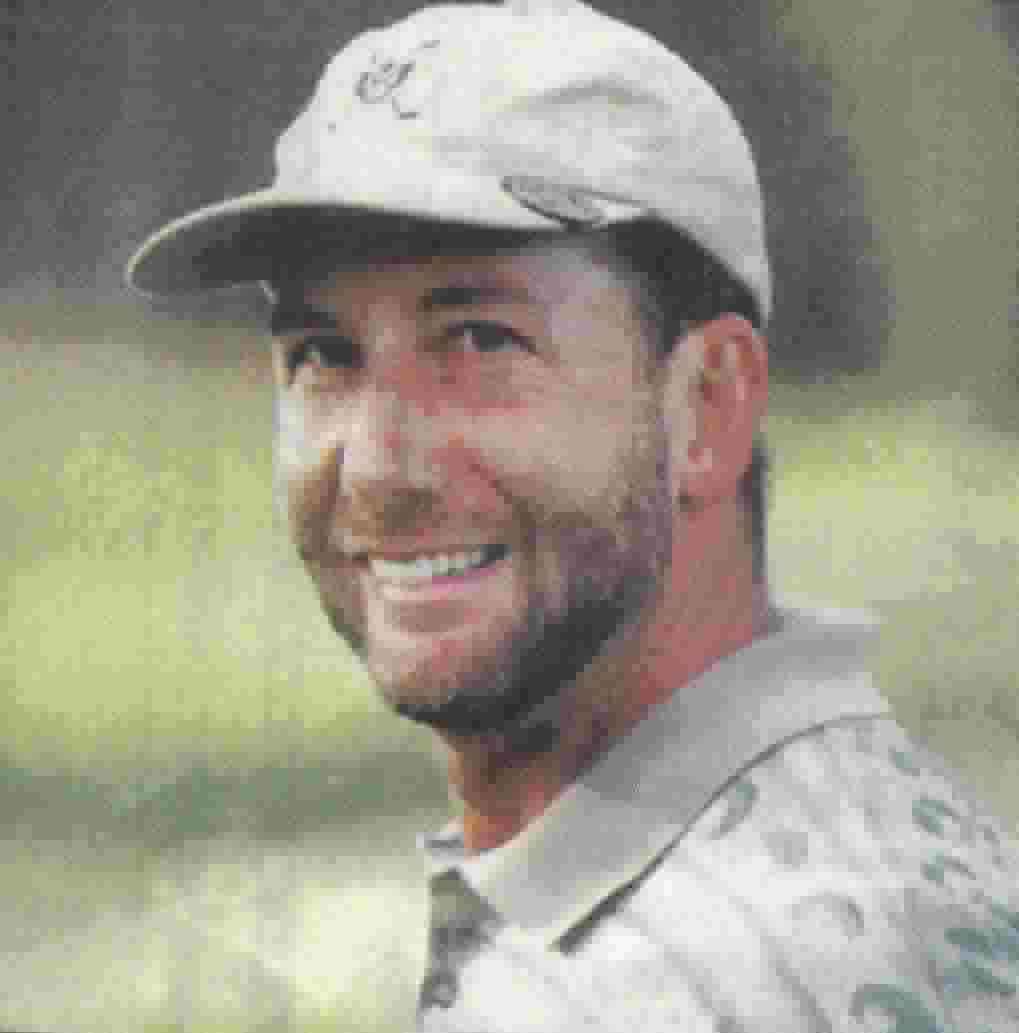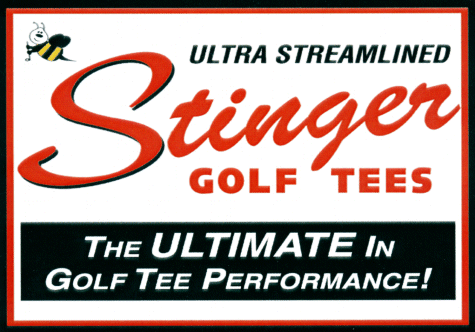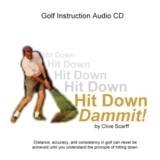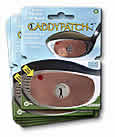The Short Game Part 6: High Lob Shots
Read
other Parts from the
Technology & Distance
series and Short Game
series here, Archives.
If you'd
like one on
one explanations
about the topic,
sign up for the PGI
Member Select Club and
I'll answer all your
questions in a prompt,
thorough fashion.
Now on to this week's
topic.
VI. How
do you successfully
hit a lob shot?
Have
you every seen
Tiger Woods or
Phil Mickelson
take a full swing
with a sand wedge
fully open. From
the length and
speed of their
swings, one would
think the ball
would fly well
over the green.
Instead, the ball
flops up very high
and lands very
softly. The distance
traveled might
be only 30 or 40
yards.
To
hit that kind of
shot requires a
great deal of coordination,
skill and practice.
Very few of us
would be able to
successfully use
this shot day after
day. And we'd need
a very good lie
to have any chance.
Very
often around the
green, a lob shot
is required. One
needs to be able
to fly the ball
a short distance
and have it roll
a very short distance.
Let's say you're
hitting from one
side of a bunker
and the pin is
only 15 feet on
the other side
of the bunker (this
is called missing
in a bad position;
you went for a
sucker pin and
shouldn't have).
Before
I tell you how
I play it, a few
points:
Firstly,
to be successful
with such a shot,
you'll need to
practice it, a
lot at first and
then regular maintenance.
I hit the shot
a few times as
part of my warm
up routine before
a round.
Secondly,
you'll need a lofted
wedge, preferably
60 degrees. In
come cases, you'll
need to open the
club face to increase
the effective loft.
Learn more about
different types
of wedges here.
Thirdly,
one needs to keep
in mind not to
get too cute. We
sometimes need
to surrender the
fact that getting
the ball close
is unlikely; 15
or 20 feet might
be a very good
shot.
With
that said, now
an explanation
of how to play
the shot. I rarely
use more than a
half swing (hands
get to waist high
in the backswing).
With a short swing,
I have more control.
I vary the distance
the shot flies
by varying how
much I choke down
on the club and
how much I open
the face. I usually
don't open the
face unless a lot
of height is needed
(I want very little
roll).
If
you recall from
my last newsletter,
I gave you a chart
indicating how
I hit wedge shots
of different lengths.
I've replicated
the chart below.
Distance
|
30
yd
|
40
yd
|
50
yd
|
60
yd
|
70
yd
|
80
yd
|
90
yd
|
60
degree
|
1/2:
full
|
1/2:
2 in
|
3/4:
full
|
3/4:
2 in
|
|
|
|
50
degree
|
|
|
|
|
3/4:
full
|
3/4:
1 in
|
3/4:
2 in
|
Using
a 60 degree without
opening the clubface,
I use a half swing
to fly the ball
30 yards. I choke
down fully on the
grip. This shot
already flies fairly
high. If I wanted to
hit the ball even
higher, I would
simply open the
clubface. The more
I open the clubface,
the higher and
shorter the ball
flies and the
softer it lands.
You'll
need to experiment
yourself with how
far each shot travels
with a certain
degree of open
clubface. I wouldn't
try to deal with
more than 3 amounts
of openness: just
a little, medium
and maximum. You'll
quickly find out
your maximum
amount of openness.
Once the shots
become quite inconsistent,
you've surpassed
your maximum amount.
I
usually find that
the standard wedge
shots with the
60 degree highlighted
in the table above
give my balls enough
height most of
the time. But on
those occasions
when I do need
more height and
a softer shot,
it's nice to have
the consistent,
confident swing
and just open the
clubface a little
and choke down
on the club a little
less. I find having
this shot in my
bag saves me numerous
shots.
Very
few players at
my own club are
able to hit a lob
shot. I'm sure
my club is fairly
representative
of most. I think
the real problem
lies with golfers
trying to be too
wristy, instead
of keeping the
the wrists soft.
As well, they try
to help the ball
up instead of allowing
the loft of the
club do the lifting
work.
Lack
of practice also
plays a major roll.
I see very few
golfers practicing
their short games.
Most spend most
practice time,
if any, hitting
balls on the range.
Recall what I said
earlier in this
series, the short
game makes up a
very large percentage
of the shots. Don't
neglect it!
If
you have any questions
to clarify the
method that I use
for lob shots,
feel free to send
me an email and
I'll do my best
to answer.
Next
time, my newsletter
topic will begin
to deal with statistics
in golf. What is
an average golfer?
How does a good,
low amateur compare
to a PGA Tour pro?
How does one use
knowledge about
their own golf
statistics to lower
their score?
Purchase
my Longest
Golf Ball Report (over
340 sold so far)
in which I statistically
analyze
distances
of over 90 different
golf balls with
differing constructions.
The balls were
hit
using a mechanical
hitting machine.
Play
with my Driver
Distance Calculator.
You can input such
variables as loft
and clubhead speed
to determine the
optimum loft. I'll
be adding to it
soon so that you
can input different
golf ball parameters
such as speed and
spin.
A list of resources that have been used to produce this newsletter
can be found on my
website here.
The next newsletter's topic will be on wedge play. If you
have any questions
ahead of time, send
me an email.
The focus
of my site
is to utilize science
and math to lower
your score. New technology
is one
way to achieve this,
but to be honest,
the technology is
one small piece of
the puzzle.
To actually improve significantly,
we all need to:
1. Improve our swings using CD
Interactive, Hit
Down Dammit!
2. Learn how to swing simpler
like the Iron Byron
with the great coffee
table book, Swing
Machine Golf!
3. Improve our physical fitness
and strength.
The
Golf Trainer Power
Performance Programô
4. Improve our mental games.
Golf
Mind Software
5. Improve our Probable
Golf games.
Learn how to make better
choices on the course
through knowing how
shot patterns and reading
the elements and course
better.
Click on the links above to
take a look at
ways that I personally
use myself and
recommend you try
as well.
Hope
I provided some useful
ways for to become
better prepared for
you best golf season
ever.
Ken Tannar
If you'd like to opt out of this newsletter, send
me an email with the subject "opt
out, please"
|












